Originating from identity
Along the central coastal strip from Hue, Da Nang to Quang Ngai, many villages still maintain their traditional lifestyle: moss-covered tiled houses, fish sauce making, net weaving, fishing festivals, and lullabies echoing in the midday sun. This is not only a cultural memory but also a valuable tourism resource.
The small villages, nestled at the foot of the waves, contain within them a depth and richness of diverse traditional culture that tourists wish to learn about.
In Nam O village ( Da Nang ), Ganh Yen village (Quang Ngai), Phu Thuan fishing village (Hue), community tourism programs are gradually taking shape. Tourists not only come to sightsee but also to immerse themselves in the lives of the people: go fishing on boats, learn to make fish sauce, listen to the singing of Ba Trao, weave nets and especially sit down and listen to the stories of the village and the sea told by the elders.
Mr. Tran Thanh Van, in Ganh Yen village, said: “In the past, people thought that tourism meant hotels and services. But now, they want to return to the village and live like locals. Our culture is what keeps tourists coming back.”
Tourists come to the village to listen to village stories.
Unlike mass tourism, community tourism associated with coastal village culture emphasizes experience, locality and community. The residents are the center, they are both the cultural subjects and the direct beneficiaries of tourism activities.
In Hai Van Ward (Da Nang), the "one village one product" model is expanding to coastal communes and wards. Community groups organize short tours, exploit local festivals, traditional cuisine and handicrafts.
Tourists can eat and stay at homestays with villagers, cook together, go to the market, learn lullabies, visit mangrove forests, and fish at night along the Cu De River.
Experience harvesting seafood with fishermen in the traditional way, which is not available at every tourist destination.
In Hue, Thai Duong Ha village is famous for its triennial fishing festival, which is now integrated into coastal eco-cultural tourism routes. Quang Ngai is also implementing a program to digitize heritage information in the Sa Huynh region, combined with experiences in coastal villages, to diversify tourism products beyond commercial beaches.
From the village to the world
Despite great potential, the development of community tourism associated with coastal cultural conservation still faces many barriers.
First of all, in terms of human resources, most people have no experience in tourism and their hospitality skills are limited. Road infrastructure, hygiene, food safety, and accompanying services are also problems.
Each coastal village contains its own sea culture and sea story.
In addition, some localities do not have specific plans and have not clearly identified which coastal villages have the potential to develop sustainable community tourism.
Investment is sometimes faddish and lacks depth, leading to low efficiency. Many places are at risk of over-commercialization, losing the originality that international tourists cherish.
However, experts say that with the coordinated participation of the government, community and businesses, community tourism in coastal villages can completely be a "dual direction": preserving culture and developing the economy.
In the coastal villages along the Central strip of land, it is not difficult to find the heritage of indigenous residents and the stories that accompany it about coastal cultural life.
The key is to keep the culture 'alive', not turning the village into a stage. Every experience must be authentic, from the people to the stories and the food. When that is done, tourists will come back and tell their international friends about a profound and unique Vietnam.
To spread this model, localities need to develop specific projects on preserving and promoting the cultural values of coastal villages associated with tourism development.
It is possible to organize competitions to create cultural tourism products, train “storytellers” for artisans, sponsor the restoration of ancient village spaces, and connect with universities and international organizations to bring community tourism products to the world.
In particular, applying technology such as building digital tourism maps, creating platforms to introduce local culture in multiple languages, conducting virtual tours, etc. will help coastal villages increase their ability to reach global tourists.
The rise of experiential tourism, cultural tourism and eco-tourism is an opportunity for coastal villages in the Central region. If we know how to preserve the “soul” of the village and breathe new forms of expression into it, not only domestic but also international tourists will come back, as if to find a land of vivid memories and culture.
Lullabies, fishing festivals, the rich taste of fish sauce and fishermen’s stories… will be told in many languages. And today’s small coastal villages will be the door that opens for the world to better understand a strip of Central Vietnam rich in tradition and aspirations to rise.
Source: https://baovanhoa.vn/van-hoa/bai-cuoi-di-san-ban-dia-thanh-suc-hut-toan-cau-150607.html


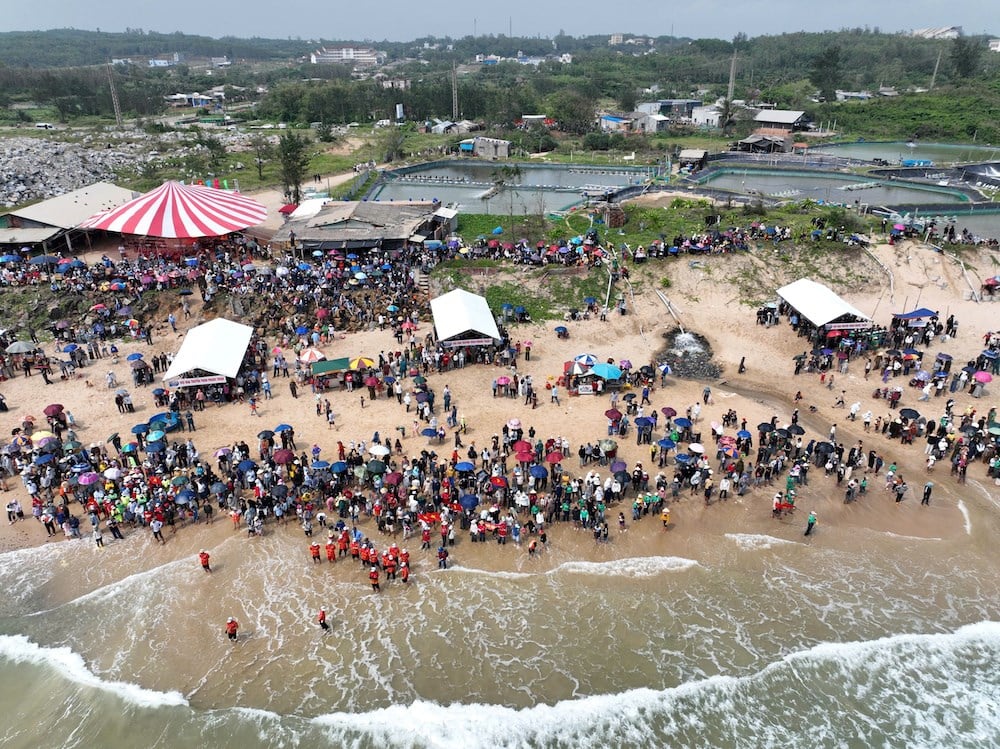
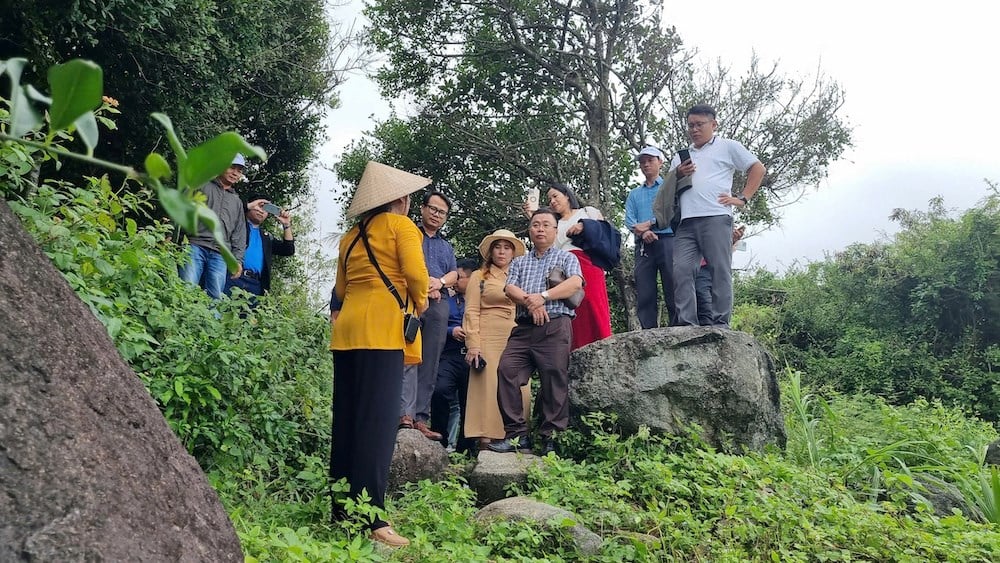
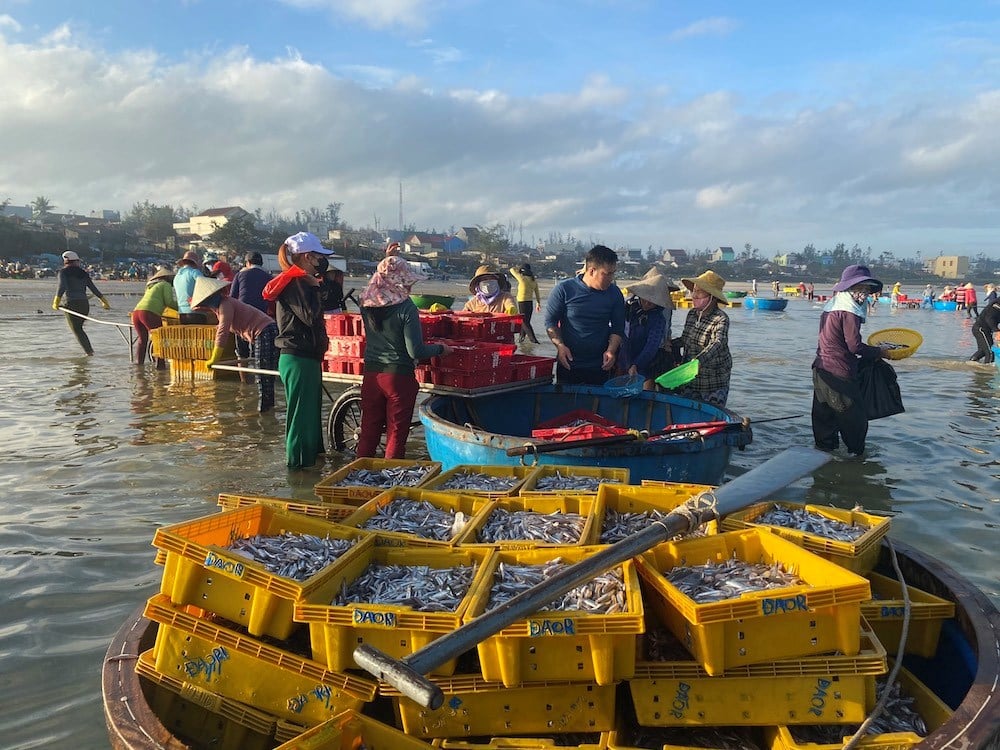
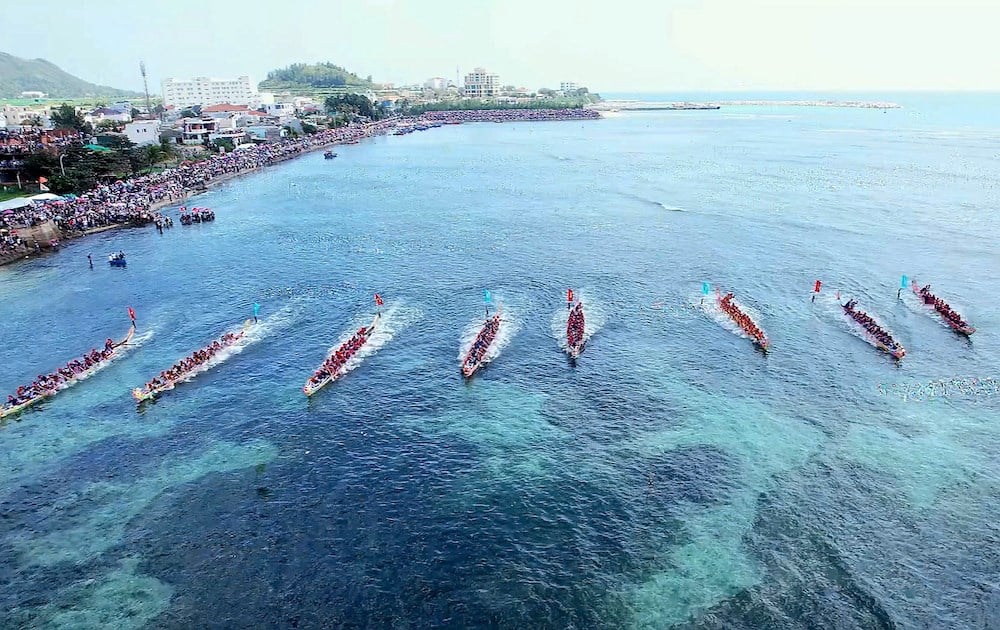
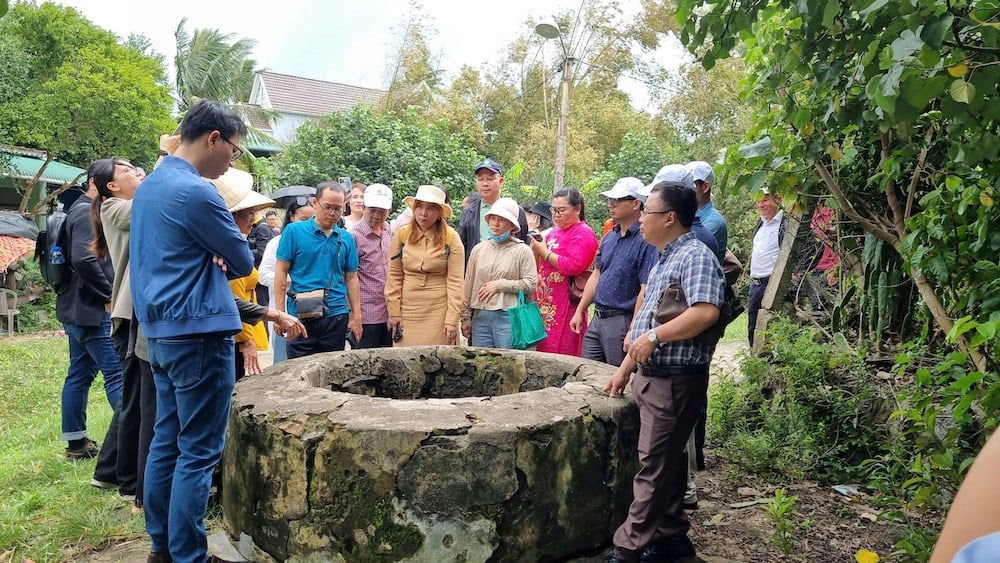








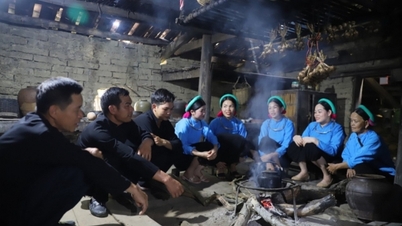



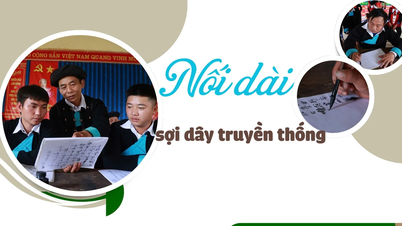



















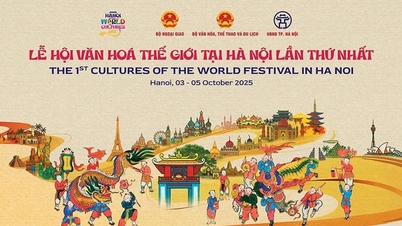


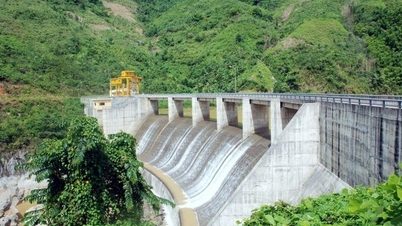





























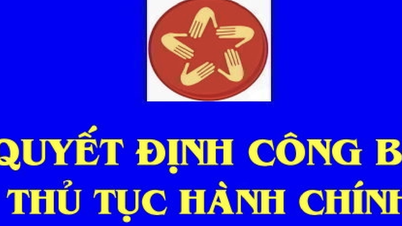
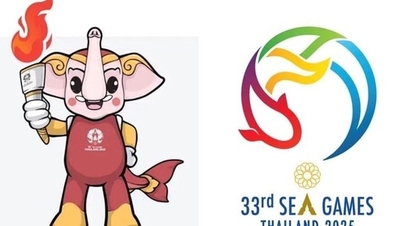


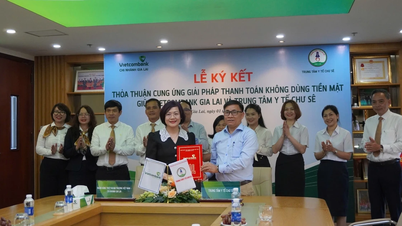
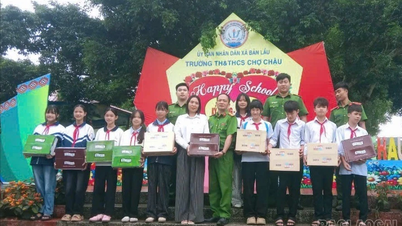
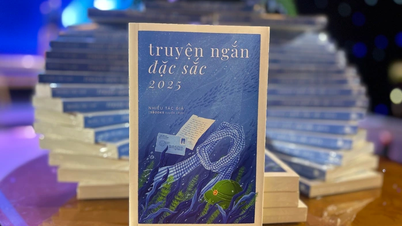


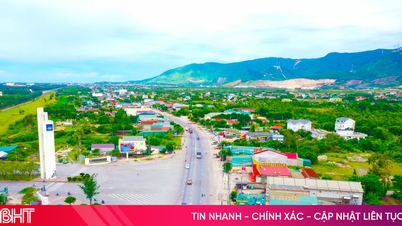

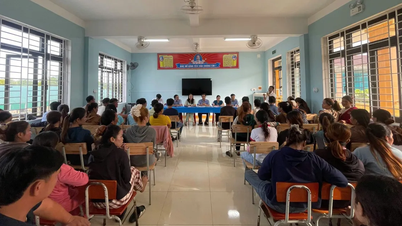














Comment (0)